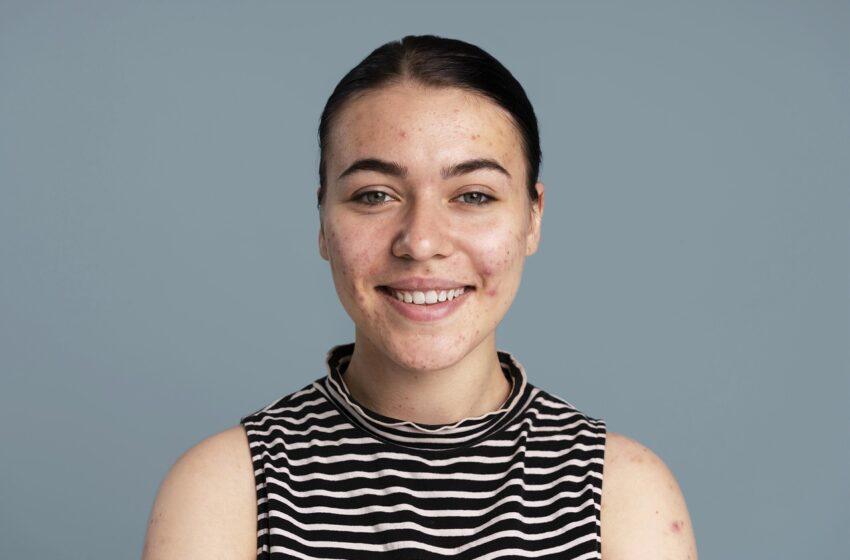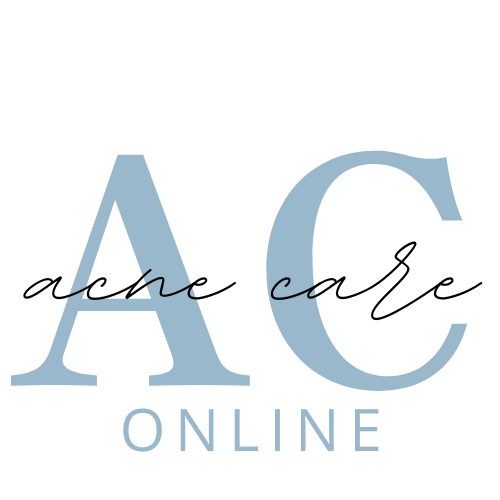Things You Probably Didn’t Know About Pimples

A pimple is a little papule or pustule. Sebaceous glands, often known as oil glands, get blocked and infected, resulting in large, red sores that are filled with pus.
Acne includes pimples, which are often referred to as spots or zits. Although they may arise at any age, they are more likely to happen during puberty.
Hormone production varies throughout puberty. Sebaceous glands, which are found at the base of hair follicles, may become hyperactive as a result of this. As a consequence, adolescent years and the time just before a woman’s period are when pimples are more prone to appear in women.
The face, back, chest, and shoulders are the areas most often affected by pimples. This is due to the high density of sebaceous glands in certain skin regions.
More than 80% of youngsters have acne vulgaris, which is the primary source of pimples. 3 percent of males and 12 percent of women over the age of 25 are affected by it, according to a reliable source.
Quick Facts About Pimple
Here are some important details concerning zits.
- The severity of pimples varies, from blackheads to cysts.
- Dead skin cells block the pores, the sebaceous glands become more active, and sometimes an infection develops.
- Pimples may afflict anybody at any age, although they often appear throughout adolescence.
- Although there is no proof that any one meal causes acne, eating a healthy diet may lower the risk.
Types
There are several varieties of pimples, and each has a unique set of symptoms and signs:
- Whiteheads are tiny pimple that stay beneath the skin and are also referred to as closed comedones. They resemble a little papule that is flesh-colored.
- Blackheads, sometimes referred to as open comedones, are visible on the skin’s surface. They are dark brown or black because the skin’s pigment, melanin, has oxidised.
- Papules are tiny, firm, spherical pimple that emerge from the skin. They are often pink.
- Pustules: These pus-filled pimples. They are easily seen on the skin’s surface. The pus is on top, and the base is red.
- Nodules: These are bigger than papules but have a similar structure. They are implanted deeply in the skin and may be uncomfortable.
- Cysts: These are readily seen on the skin’s surface. They are often painful and pus-filled. Most often, cysts leave scars.
Causes
Sebum and dead skin cells block pores, which leads to acne. This may sometimes cause irritation and infection. It is mainly unclear why some individuals are more affected than others.
Acne And The Sebaceous Glands
Sebum, a waxy or oily substance that lubricates the skin and hair, is produced by the sebaceous glands, which are small skin glands.
All throughout the body, with the exception of the palms of the hands and soles of the feet, sebaceous glands may be located inside the pores of our skin. On the face and scalp, there are more sebaceous glands than everywhere else.
New skin cells are continuously forming and the outer layers of skin are shed as the glands that create sebum do so within the pores.
Dead skin cells don’t always shed. They stay in the pores and get tangled up in the oily sebum, blocking the pore.
Because the sebaceous glands create more sebum throughout puberty, pore blockage is more prone to develop.
Infection With Bacteria
A pore may get blocked by sebum and dead skin cells, which promotes the development of unfavourable microorganisms like Propionibacterium acnes (P. acnes), a slow-growing bacterium associated with acne.
On human skin, Propionibacterium acnes may be found in harmless amounts, but under the correct circumstances, it can multiply more quickly and cause issues. The slowly expanding bacteria creates an immune-stimulating chemical while feeding off the sebum. Skin spots and irritation are the results of this.
Despite being connected to bacterial infections, pimples are not communicable. Pimples cannot spread from one person to another.
Risk Factors
Why some individuals get pimple more often than others is a mystery. Since acne often runs in families, hormonal changes and genetic factors may also be involved, although there may be more causes.
The Two Types Of Bacteria
Scientists have hypothesised that “good” bacteria that prevent illness and “bad” bacteria that cause disease coexist in the skin, much as they do in the gut.
Two distinct strains of P. acnes were found by Washington University School of Medicine researchers in the skin of 20% of individuals with acne, but not in those with good skin. source
Another P. acnes strain produced the opposite outcome. This strain was more common in individuals with good skin than in those with acne.
This may suggest that certain bacterial species influence the severity and regularity of pimple. According to the researchers, these bacteria could potentially interact with other elements including hormone and sebum levels. They demand more study.
Candida Infections
Yeast infections have also been connected to acne-like outbreaks.
When a pityrosporum yeast penetrates the hair follicles and grows, it causes pityrosporum, also known as malassezia or folliculutis, which results in an eruption of small, irritating, spherical pimple that resemble acne. It may affect the face, although it mostly affects the upper chest, shoulders, and upper back.
The majority of individuals have this yeast on their skin, but if it multiplies too much, it may be problematic. Young to middle-aged men and women may both experience it.
The use of greasy skin care products, synthetic clothing, humid, sweaty settings, and humid conditions may all exacerbate this.
Teenagers often have the ailment, which is likely due to increased sebaceous gland activity. Although it is not the same as acne, people often mix the two.
Since they inhibit the microorganisms that would ordinarily regulate the yeast, the antibiotics that are often used to treat acne may actually worsen the issue. Malassezia requires an antifungal course of action.
Sensitivity To Testosterone
The “male” hormones testosterone and other androgens, which are also present in smaller amounts in females, have been linked by researchers to acne breakouts.
The sebaceous glands tend to become more active when testosterone levels are higher, leading to more blocked pores and a higher risk of developing acne.
Dietary Factors
Although the relationship between food and acne is unknown, several dietary habits may influence the chance of developing pimple or acne as a healthy, balanced diet is known to promote excellent health.
Given that vitamins A, D, and E are all known to help maintain good skin, it’s probable that getting enough of these nutrients would help avoid acne.
Acne and milk intake have been linked. If milk is involved, it may be because of the hormones in milk. Findings, however, have not been conclusive.
Although it’s often said that foods like sugar and chocolate cause acne, research has not shown this.
Low glycemic index (GI) diets have been associated with lower blood levels of insulin, lower levels of androgen, and a decreased risk of developing acne, according to studies.
The findings, meanwhile, are not definitive. Additionally, promoting a low GI diet may deter individuals from eating enough whole grains and other nutritious foods that may contain beneficial components.
Although sebum production is linked to acne, it is not advised to eliminate all fat from the diet. Key biological processes need healthy monounsaturated and polyunsaturated fats. A diet that is low in fat or completely fat-free might make the skin drier and stimulate the body to produce more sebum.
A nutritious diet rich in fats from nuts, seeds, and olive oil may aid in reducing inflammation, supporting the body’s ability to keep blood sugar levels in line, and maintaining enough moisture levels in the skin, which serve as an efficient barrier and trigger an immune response to ward against bacterial infection.
The American Academy of Dermatology (AAD) states that “there is not enough data to recommend dietary changes for acne patients.”
The AAD recommends that dietary modifications should only be used as a “complement to proven acne treatments,” not as a stand-alone therapy, if they are to be effective in treating acne. They advise people to keep an eye on themselves to determine what can set off a breakout.






